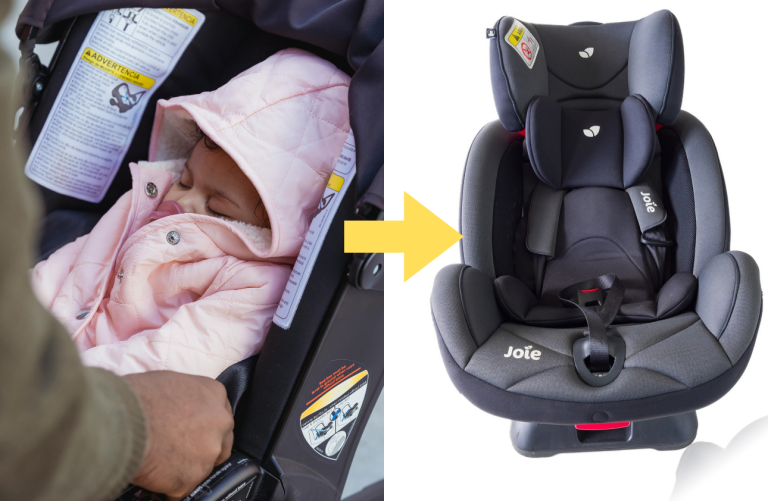To fix a manual car seat that won’t move, check the seat tracks for any obstructions or debris and clean them if necessary. If the seat still won’t move after cleaning, inspect the seat motor and cables for any damage or disconnections and repair or replace as needed.
Having a car seat that won’t move is not only frustrating but also a safety concern. Whether you’re trying to adjust the seat position or simply can’t find a comfortable driving position, a malfunctioning manual car seat can be a real hassle.
Fortunately, there are steps you can take to address the issue and get your car seat moving smoothly again. We’ll provide you with some practical solutions to fix a manual car seat that won’t move.
Lack Of Lubrication
Having a manual car seat that won’t move can be frustrating, but often it is an issue of lack of lubrication. Stiffness due to lack of lubrication is a common problem, which can make it difficult to adjust the seat to a desired position.
To fix this issue, a few easy steps can be followed. Firstly, clean the seat mechanisms to remove any dirt or debris that may be causing the stiffness. Then, apply a high-quality lubricant to the moving parts of the seat, such as the rails and hinges. Be sure to apply the lubricant evenly and avoid over-lubrication. Repeating this process every few months can help maintain the smooth functioning of the seat.
Regular lubrication is essential to keep the seat mechanisms in good condition. It helps reduce friction between the moving parts, avoid wear and tear, and extend the lifespan of the seat.
Damaged Seat Tracks
One common issue with a manual car seat is when it won’t move due to damaged seat tracks. It is important to identify the signs of damaged seat tracks, such as difficulty in adjusting the seat or strange noises while moving the seat.
To fix this problem, there are several techniques you can try. First, check for any obstructions or debris on the tracks and remove them. Lubricating the tracks can also help in easing the movement of the seat. In some cases, repairing the damaged tracks may be possible by welding or replacing broken parts.
However, for more complex or severe damage, it is recommended to seek professional assistance. Trained technicians have the expertise and tools to properly diagnose and fix the issue, ensuring a safe and reliable seat adjustment system.
In conclusion, addressing damaged seat tracks is crucial for a functioning manual car seat. While basic repairs can be done at home, complex issues require the help of professionals to ensure a successful fix.
Broken Cables Or Levers
When your manual car seat won’t move, the problem is often caused by broken cables or levers. These components are responsible for adjusting the seat position and allowing it to slide forward and backward. If you notice that your car seat is stuck in one position or only moves in one direction, it could be a sign of broken cables or levers. Other symptoms may include difficulty or resistance when trying to adjust the seat or a seat that feels loose and unstable.
To fix this issue, you will need to replace the broken components. Start by identifying the specific cables or levers that are damaged. Once you have the replacement parts, follow a step-by-step guide to remove the old components and install the new ones properly. It is crucial to ensure proper installation and adjustment of these cables and levers to prevent future issues and maintain the functionality of your car seat.
Conclusion
To wrap up, troubleshooting a manual car seat that won’t move doesn’t have to be a daunting task. By following the steps outlined in this blog post, you can easily identify and fix the issue to regain full control over your car seat.
Remember to check the seat tracks, cables, and mechanisms, and consider lubricating any rusty or stiff parts. With some patience and a little bit of effort, you can have your car seat moving smoothly again in no time.







